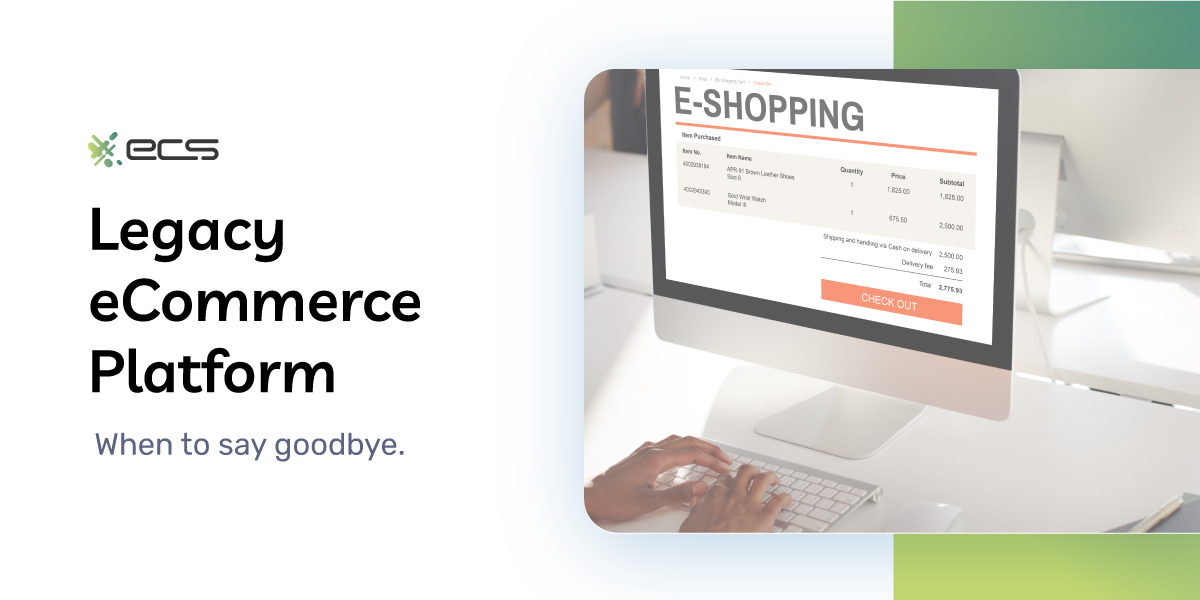Every business is aware that technology is changing faster than ever before. These changes can often provide opportunities to scale or grow more effectively. However, all that changing technology also creates an ongoing challenge. When technology is constantly changing, especially with online businesses, you can often be left with outdated eCommerce platforms and management systems that start to drag you down.
The simple solution would be to upgrade to the latest technology or migrate to another platform. But as we all know, migration and upgrading technology have costs and drawbacks. Not only that, there is never a guarantee you’ll end up with a better or more cost-efficient system than you had before.
Careful planning and budgeting can avoid bad decisions and negative outcomes, but the overall cost and labor of migrating still exist. This means that when you switch platforms, you want to confirm it’s the right time and your business will receive the maximum benefit.
When it comes to eCommerce platforms, this is especially true. An eCommerce platform is central to so many businesses today that switching platforms can seem daunting. But sometimes, it’s necessary to keep your business growing. To help you make the choice, we’ve outlined some key areas to consider when switching eCommerce platforms.
By reviewing these areas and creating a checklist, you can determine whether it’s time to switch.
Why Switch Ecommerce Platforms?
Every business will have its reasons for considering switching eCommerce platforms. This can also differ depending on your industry.
But overall, there are a few key questions to ask yourself when considering the switch. We’ve outlined these key questions below and an explanation to help you decide if each one applies to your business.
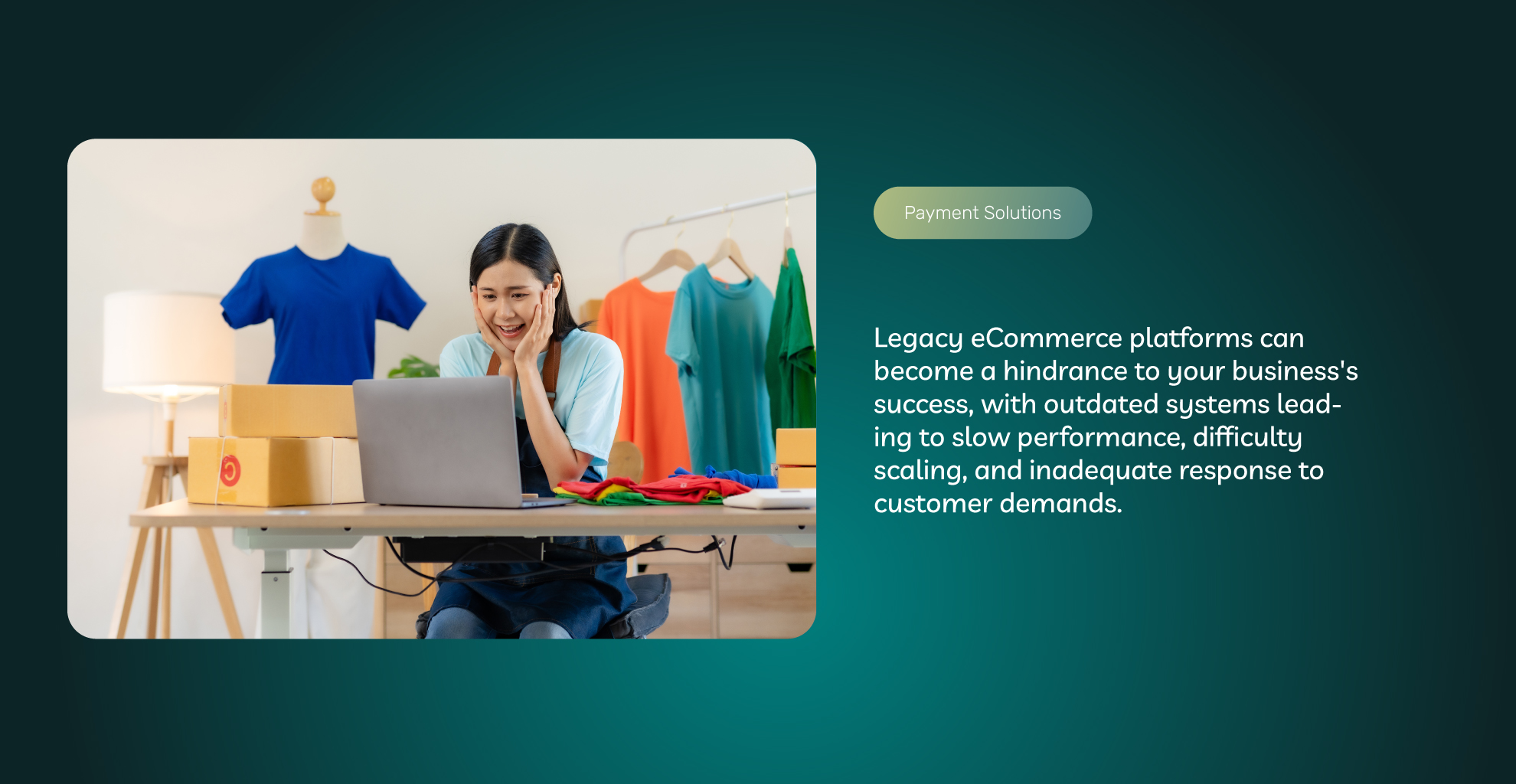
How Expensive Is The System To Maintain?
Businesses know that every technology has an ongoing cost associated with it. Generally speaking, as technology grows older, the maintenance costs and ongoing costs increase.
Besides the overall cost, the biggest downside is that this money is used simply to maintain operations and doesn’t improve operations or efficiency much. Your business is essentially just spending money to tread water.
If your eCommerce platform maintenance costs have been going up, then it’s time for careful analysis to compare your current costs with the costs of migrating to a new platform.
The first step of this analysis should be to set a timetable for when you want your new platform to be more cost-effective than your existing system. The trend in eCommerce today is to look for faster ROI on almost all technology spending and upgrades. So, looking for tangible cost benefits in as little to 6 months or a year is not unusual.
Of course, the timetable you choose is up to you. It should be based on your current stage of business growth, cash reserves, and benefits after you migrate to the new system.
For extremely outdated legacy systems, the ROI may be the fastest. Unlocking siloed data or integrating newer eCommerce solutions can immediately lead to scaling opportunities and revenue growth.
The ROI may take longer for less outdated systems as you only need to add limited newer functionality.
How Secure Is The System?
Today, one of the top concerns for any eCommerce business is data security measures. Hacking and data security breaches involving personal information are increasing. As technology advances, so is the sophistication of each attack.
Outdated tech platforms are often most at risk for several reasons.
Legacy systems have been on the market the longest, and hackers have had time to find flaws they can exploit. Not only that, the longer a system has been on the market, the more companies that use it. These two combine to create a very appealing target for hackers and cybercriminals.
Ongoing support for legacy systems may be incomplete or lacking. If any aspect of your platform is no longer supported, this means as hackers find new security holes, there is no fix being supplied by the vendor.
Your business may decide to maintain legacy software yourselves to improve security, but without a dedicated team, you may be unable to keep up with the hacker community.
If a data breach occurs with one of your legacy systems that is no longer supported, it could result in enhanced liability. An outdated legacy system may not comply with PCI standards or other protocols.
Even if there is no extra liability, the reputational damage can be significant if a breach occurs. Security needs to be a top concern if you’re using outdated or legacy systems. If your business can no longer maintain those systems securely, you may need to upgrade regardless of the other factors.
How Compatible Is The System With Other Technologies?
When it comes to migrating platforms, this will likely be one of the most significant deciding factors.
If your platform can’t easily integrate with new technologies, you lose a step to your competitors. It may also have you asking how useful is the system for your overall business goals.
Integrations are one of the biggest trends in business, especially eCommerce. If your business can’t keep up and take advantage of the efficiencies brought by integration, you’ll struggle to scale effectively.
To decide if a lack of compatibility is a problem for your current platform, consider whether your business is facing any of these issues.
Siloed data
A data silo in business is when certain information is inaccessible by different departments due to technological limits, in this case, a legacy eCommerce platform. Siloed data is also considered a tech trap since it locks you into specific workflows.
Technological problems locking away data within your business create significant inefficiency. A perfect example is if your inventory management is part of your legacy eCommerce platform and cannot integrate with your more modern CRM software. When this happens, you are unable to get accurate reporting.
The only way around this issue is to manually move data between newer and older systems. But this takes time and is prone to errors.This is just one example, but the more data you have that exists in silos, the worse your overall efficiency becomes.
The best way to resolve this issue is by migrating to a platform that allows all your data sources to communicate. Initially, there may need to be one large data migration, but once you complete it, your business can enjoy the added efficiency.
Technology Stack That Cannot Change
A technology stack can also become outdated in the same way that floppy disks and MP3 players were eventually replaced. Your technology stack might be sufficient for your current business operations. But as new technology emerges, you may find it challenging to add to it.
Today, this will most likely come in the form of AI automation products you want to add to your overall technology stack. Customer service automation and other tools can improve your business’s ability to scale. However, these automation tools need access to various systems to operate correctly.
For example, an automated customer service chatbot needs access to inventory, order information, payment information, social media monitoring, and more.
If you wall off data or have an outdated computer or operating system, these integrations won’t work.
So, even if your technology stack is working now, you must decide how easy it is to add to it or make changes when newer technologies emerge. If you find it challenging to modify your technology stack, then migration is something to consider.
Wasted Resources
Something to look out for within your business is what your IT department has been focusing on. If most of their work is focused on putting out fires instead of connecting data and systems, it’s a sign of an outdated eCommerce platform.
Your IT department will always have some maintenance to do. But they should be focusing on helping your business move forward. If they constantly deal with moving data manually and coming up with stop-gap fixes, that wastes valuable resources.
Upgrading your eCommerce platform can allow your IT department to go back to spearheading initiatives that bring efficiencies and advantages to your overall business.
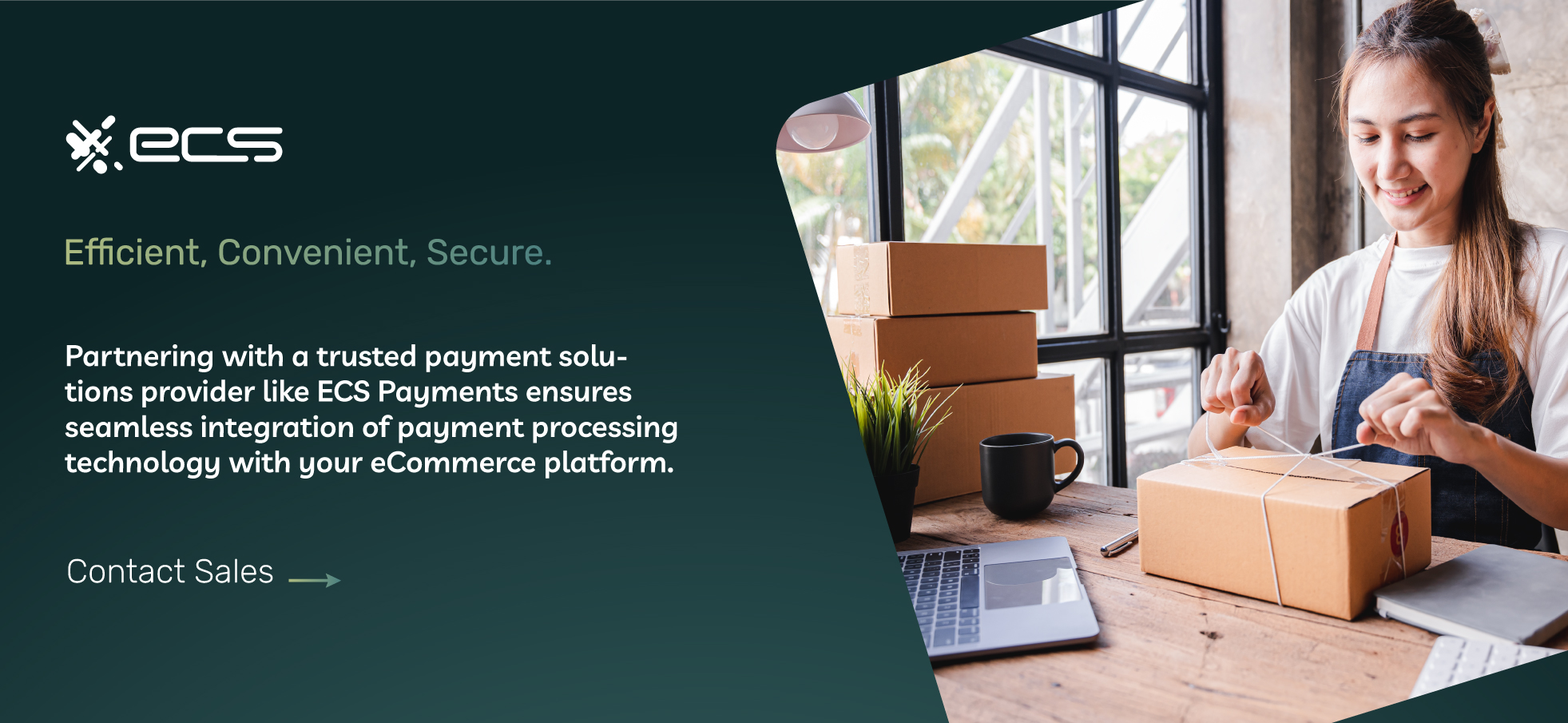
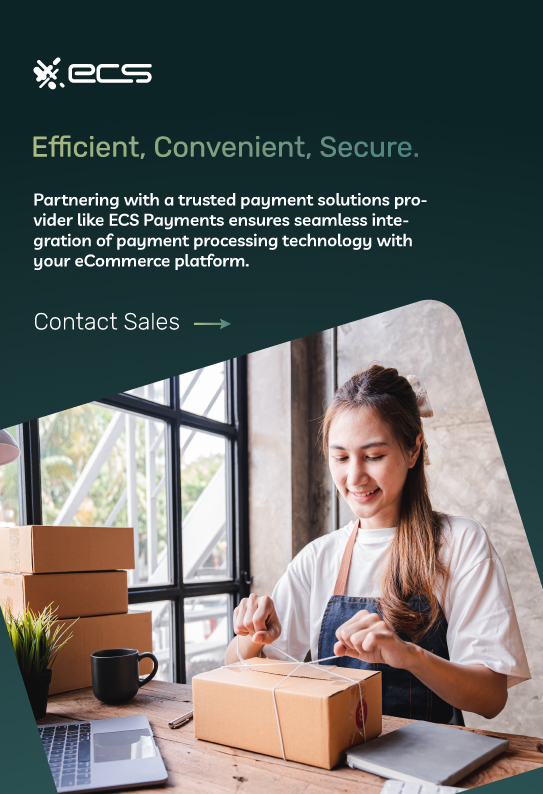
How Easy Is The System To Use?
This problem is closely related to the previously mentioned issue. When a platform is challenging to work with, your team will avoid working with the parts of the system unless they find it absolutely necessary. This creates a negative environment that impedes a business’s need to always be moving forward.
Beyond that, you may also have trouble hiring the talent needed due to your outdated and complex systems. Every business knows the labor market is very tight, especially concerning technology. Using older systems makes it harder to find the best talent willing to come to work for you.
Talented technology workers generally don’t want to come into a business and have to manage a problematic system that is outdated or has a poor user interface.
A newer system with a better user experience will help you attract better talent. Your internal teams will also be happier knowing they don’t have to struggle with outdated technology that locks them into workflows they don’t enjoy.
Choosing A New eCommerce Platform
When you’ve decided you need to migrate to a new eCommerce platform, choosing the right one can feel overwhelming. There are a lot of choices, and you don’t want to fall into the trap of migrating and then having a new host of problems that take up time and resources.
For a complete ecommerce platform solution, you have three major categories to choose from. All of the options will fall into one of these three categories.
Open Source eCommerce Solution
With this option, you use open-source software that makes the source code available. You can modify the code or use it exactly how it comes if that works for you. An open-source option is generally the lowest-cost option if you need a new eCommerce platform.
If you choose open source, you can also do a good amount of customization, assuming you have the resources to modify the existing code and develop around the platform architecture.
Generally, smaller to medium-sized businesses may not have the resources to really dig in and work with an open-source solution.
SaaS eCommerce Platform
SaaS (software as a service) platforms are usually the best for smaller businesses that need to migrate quickly and with minimal resources. With a SaaS product, you must pay an ongoing monthly or yearly fee to use the platform.
However, the fee gives you access to full support and many additional software applications to help you manage your business. With an open-source solution, there is usually very little, if any, support outside of a community of developers.
A SaaS solution offers a significant benefit by managing much of the security and handling all the infrastructure for you. Since the entire product operates in the cloud, you don’t have to manage any on-premise servers or security.
While SaaS solutions may not be as customizable as open source, you can still develop custom applications using the API in many cases. Most SaaS solutions will allow you access to the API to build out custom functions. Many SaaS eCommerce solutions offer API access, although some may lock it behind higher pricing tiers.
Headless Ecommerce Platforms
A headless eCommerce solution is a hybrid that allows you to use a separate back and front end. This means your customer-facing applications can be separate from your backend solution, yet they work together seamlessly.
There are several advantages if you go with a headless solution. To begin with, your business can be more agile because it is not tied to one solution. Because the front end and back end are independent, you can modify the storefront or customer portal more easily without disrupting your backend operations.
You can also choose different solutions, such as shopping carts, that fit your needs instead of using the options built into your existing platform.
Finally, a headless eCommerce platform allows you to have a more uniform experience across all of your channels. This platform includes mobile apps, online, and even custom device integration. You can have a more unified omnichannel presence since each front end for mobile apps and online accesses the same backend when you use a headless eCommerce solution.
What To Consider For An eCommerce Platform
If you need help on where to start when choosing a new eCommerce platform, you can use the checklist below to go over the different aspects to consider to find one that offers you the most benefit.
Budget
Your budget for the new eCommerce platform will significantly influence your overall choice. For those with limited budgets, you will likely want to consider a SaaS solution. You can also consider an open-source option if the default configurations fit your needs.
Most importantly, you want to consider the total cost of ownership. Most businesses’ biggest regret when a piece of technology fails to live up to expectations is that they didn’t fully anticipate the total cost of ownership (TCO).
The total cost of ownership includes deployment, development, and any ongoing costs associated with the platform.
The vendor typically manages most of the infrastructure, making SaaS solutions the most transparent regarding the total cost of ownership. The only variable you’ll need to calculate is your internal need for any custom development and administration of the system.
Migrating Data
When switching platforms, you must migrate your existing data to the new one. You’ll want to carefully plan for this, or you could have huge problems during the switch.
Most platforms will have built-in integrations to import data from other systems. You can sometimes handle the transfer using a vendor-provided app.
Another option is to simply do the data transfer in-house manually. If you are a relatively small business, this is sometimes the best option, as you can better control the integrity of the transfer. This means you will have to deal with less clean-up afterward if specific data isn’t formatted or migrated correctly.
For older legacy systems or highly customized datasets, you may need to use an API/microservice built with a specific programming language. In this case, an in-house team or a third-party service develops a custom app to facilitate the transfer.
API/microserve transfers can give you great results and are the most customizable option. The downside is that you will need to pay for the service if you don’t have the resources to do so in-house.
The good news is that data migration is common in eCommerce, and the vendor or solution you choose should have plenty of options to help you manage this area of platform switching.
Features & Integrations
Before starting your search for a new eCommerce platform, you should outline precisely what features you will require and which ones you want to future-proof your business.
Many of the required features you list should be things you’re incapable of doing with your current platform. Carefully choose this list and ensure that your budgeting forecasts for TCO also reflect any additional features.
Third-party integrations or plug-ins are also something you should consider at this stage. Despite having a legacy system, you might have an integration that will need to continue with the new platform.
Confirm that every integration you are using is compatible with the new platform. If it’s not, you will want to research alternatives that are the least difficult to migrate to.
Customer Service
Every business will have different requirements when it comes to customer service requirements. If your business has a dedicated IT staff, you likely need fewer customer support options than smaller businesses where certain employees double as the IT staff.
If your business doesn’t have dedicated IT staff, you need to consider a high-quality customer service option. Most vendors offer additional service options for a monthly or annual fee.
A good customer service will offer 24/7 support instead of just having support during business hours in the United States. Sometimes, you may get private onboarding and consultations when upgrading your service to a higher plan. Of course, you’ll have to budget for this before switching.
Signs It’s Time To Leave Your Legacy eCommerce Platform
We’ve already touched on some questions to ask yourself regarding your eCommerce platform to decide if it’s time to switch. But there may also be signs telling you it’s time to switch. Below, we’ll review some key signs that your legacy is holding your business back.
Slow or Poor eCommerce Performance
Slow performance can break almost any eCommerce site. Slow page loads can also hurt your rankings in the search engines. If you’ve noticed your page loads, shopping carts, or website features are slow on your platform, that’s a sign that something is wrong. Slow performance could result from poor coding somewhere in your technology stack.
However, if you can’t find anything, your overall platform is likely to blame. Faster performance dramatically improves the customer experience. You’ll also experience higher conversions and possibly better search rankings as well.
It’s important to remember that slow performance isn’t just related to desktop usage. Mobile phones and other mobile devices may perform poorly when accessing outdated technology stacks.
Difficulty Scaling
Every eCommerce business owner knows the key to revenue growth is scaling. However, if you hit a technological hurdle every time you try to initiate a scaling strategy, that means there is something wrong with your eCommerce platform.
The right ecommerce platform should enable you to scale, not hold you back. This means whatever you need to add should be straightforward. Not only that, but it should also immediately integrate with your systems.
If you’ve been putting off scaling initiatives because of technological hurdles or difficulties, then a new eCommerce platform could help unleash your business.
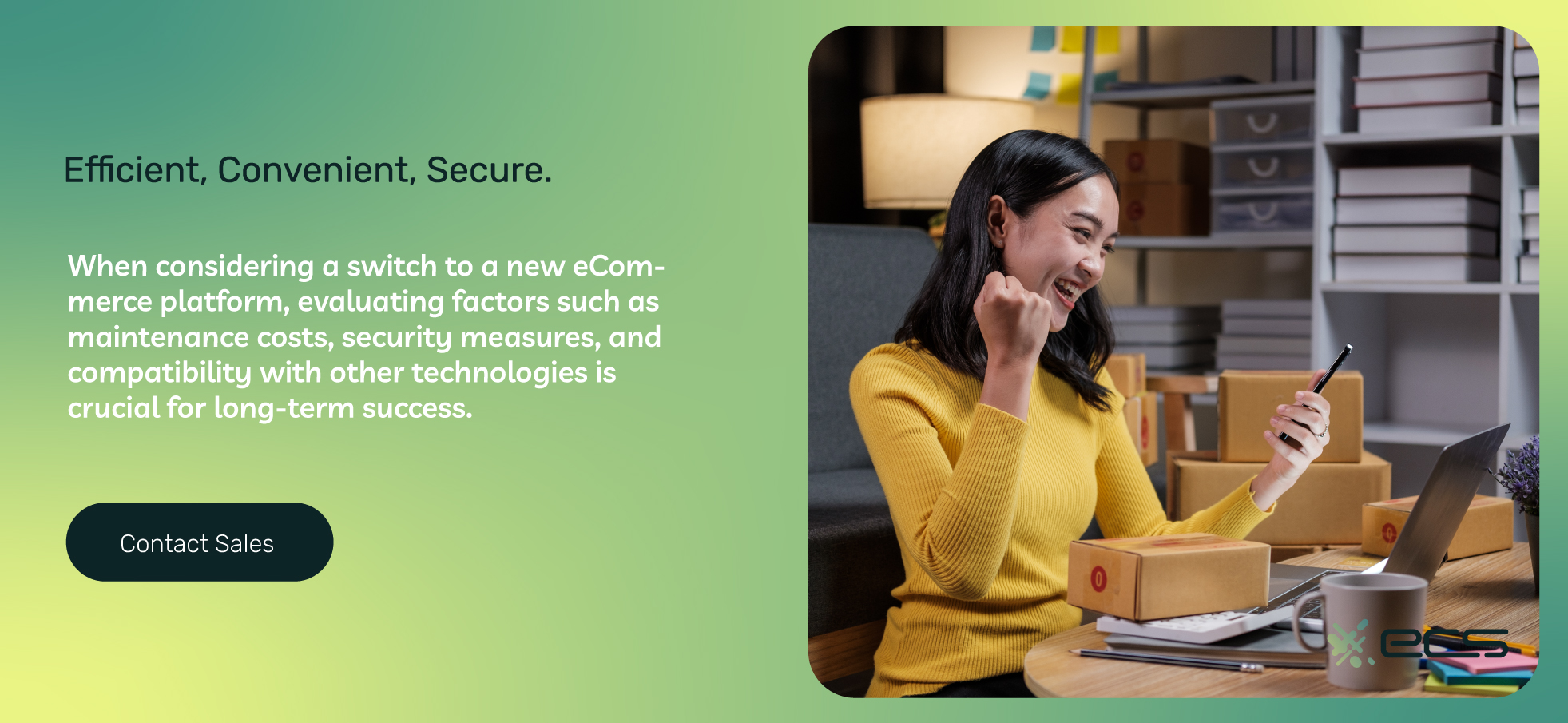
Unable To Respond To Customer Demands
If your customers are demanding features and options that you’re unable to implement because they’re too expensive or complicated, that’s a bad sign.
Once again, a modern eCommerce platform should allow you to implement the latest features that customers demand in your industry. Adding these features should be as easy as choosing an integration or a plug-in.
If your customers are demanding something, there is likely a solution for it out there. The problem is that your legacy platform simply doesn’t support it.
Upgrading platforms will immediately give you access to the latest features that today’s customers demand.
Poor Reporting And Analytics
Today’s top ecommerce businesses use real-time analytics for data-driven decision-making. This happens across all departments, and having up-to-date and accurate data is critical.
A legacy technology stack frequently hinders data sharing between resources, leading to outdated information when compiling it with other sources. This type of inefficiency makes data-driven decisions almost impossible. It also makes your business slower and less responsive to market changes.
A new platform with seamless integration allows you to create reports whenever needed. You can spot inefficiency or bottlenecks immediately and respond with a fix. Switching to a fully integrated eCommerce platform will help you be more agile if you’re not leveraging data to make decisions.
eCommerce Payment Processing Integration
One final and crucial area when upgrading your eCommerce platform is how it handles payment processing.
You want a platform that allows your choice of payment solutions. Additionally, you want a platform that can actively support the latest payment methods and those anticipated in the future.
To get the most out of an eCommerce platform, you need a trusted payment solutions provider that understands eCommerce.
At ECS Payments, we specialize in eCommerce business solutions and offer the latest payment technology that integrates with most eCommerce platforms.
If you need to upgrade your business processes, contact ECS Payments to learn more about our eCommerce payment solutions that will help scale your business and unlock your long-term revenue growth.
Frequently Asked Questions About Switching eCommerce Platforms
There are various reasons for switching your eCommerce platforms, including rising costs, security concerns, integration compatibility issues, difficulty scaling, and needing a more user-friendly system. ECS Payments has everything you need and more regarding cost-effective, user-friendly, and innovative payment platforms. Contact us today to learn more.
If you’re concerned about the cost of your current platform, first, identify if your maintenance costs are rising but you are seeing no improvement. Then, assess your current platform, its cost, and its benefits, then shop around and contact other payment platforms to see if they can beat your current price and offer more. ECS payments offers top-of-the-line eCommerce platforms with integration capabilities and low cost. Contact us today to learn more.
Yes. Outdated platforms have more vulnerabilities and are far more susceptible to security breaches. Data breaches can result in increased liability, security standards non-compliance fees, and reputational damage. Upgrading your legacy system to a more secure platform is crucial.
Legacy systems may have trouble with new technology and software integration. This would require manual data transfers, which increases the chances of errors and decreases efficiency. Migrating to a platform that allows seamless integration between data sources can significantly improve your business’s efficiency.
